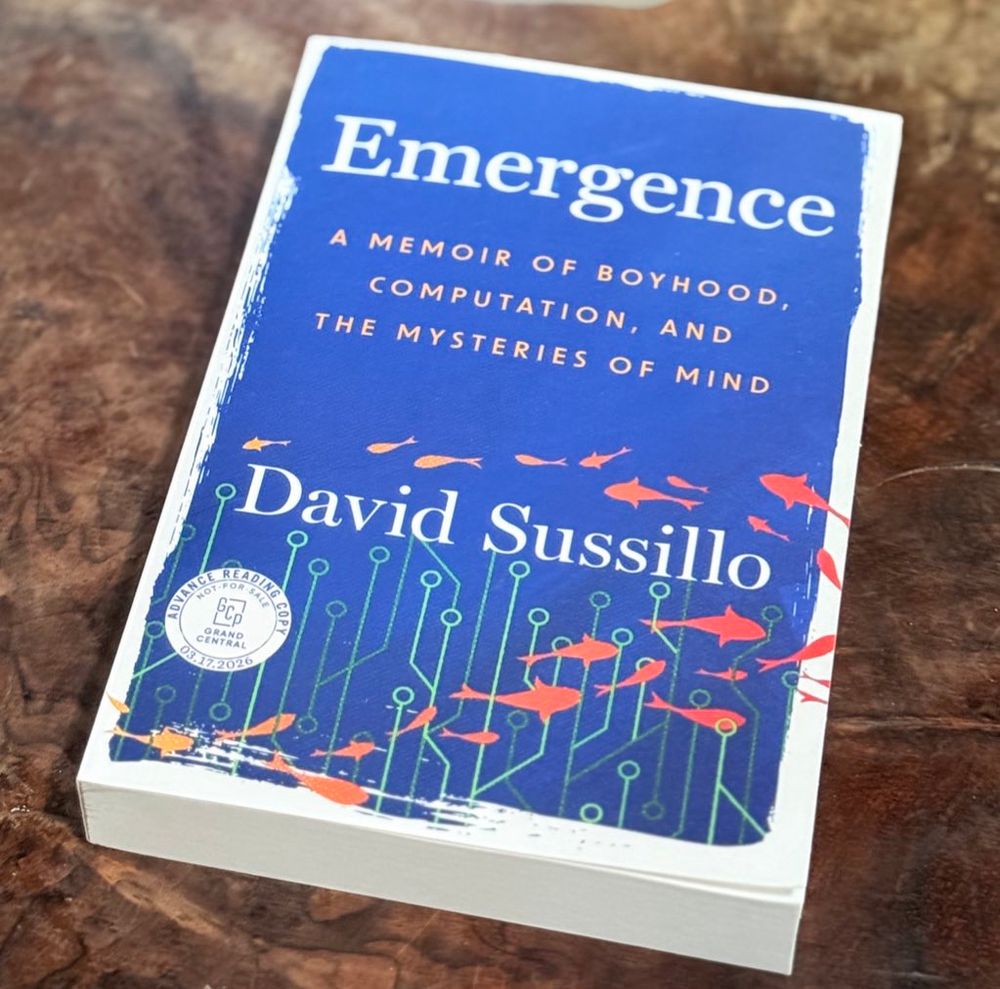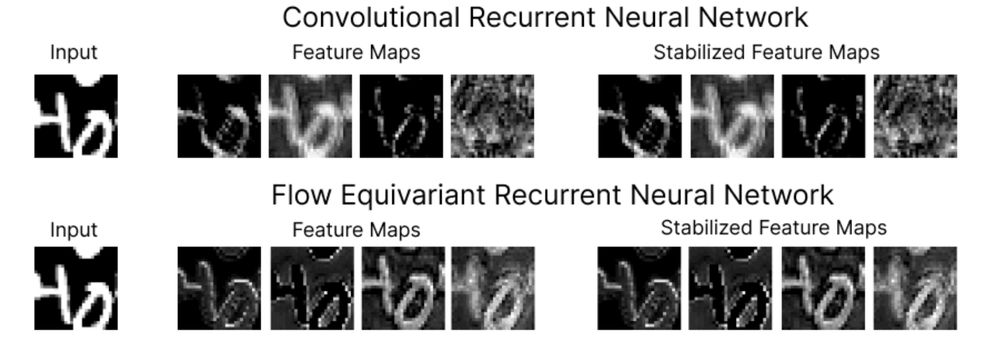Research fellow @ Kempner Institute, Harvard
dclark.io

For neuro fans: conn. structure can be invisible in single neurons but shape pop. activity
For low-rank RNN fans: a theory of rank=O(N)
For physics fans: fluctuations around DMFT saddle⇒dimension of activity
Paper: www.nature.com/articles/s41...

Paper: www.nature.com/articles/s41...


For neuro fans: conn. structure can be invisible in single neurons but shape pop. activity
For low-rank RNN fans: a theory of rank=O(N)
For physics fans: fluctuations around DMFT saddle⇒dimension of activity

For neuro fans: conn. structure can be invisible in single neurons but shape pop. activity
For low-rank RNN fans: a theory of rank=O(N)
For physics fans: fluctuations around DMFT saddle⇒dimension of activity

For neuro fans: conn. structure can be invisible in single neurons but shape pop. activity
For low-rank RNN fans: a theory of rank=O(N)
For physics fans: fluctuations around DMFT saddle⇒dimension of activity

For neuro fans: conn. structure can be invisible in single neurons but shape pop. activity
For low-rank RNN fans: a theory of rank=O(N)
For physics fans: fluctuations around DMFT saddle⇒dimension of activity

www.biorxiv.org/content/10.1...
www.biorxiv.org/content/10.1...
Feeling very grateful that reviewers and chairs appreciated concise mathematical explanations, in this age of big models.
www.biorxiv.org/content/10.1...
1/2

Feeling very grateful that reviewers and chairs appreciated concise mathematical explanations, in this age of big models.
www.biorxiv.org/content/10.1...
1/2


www.biorxiv.org/content/10.1...

www.biorxiv.org/content/10.1...

Sara will be giving a lecture at the upcoming @bernsteinneuro.bsky.social meeting which you shouldn't miss.
bernstein-network.de/en/newsroom/...
Sara will be giving a lecture at the upcoming @bernsteinneuro.bsky.social meeting which you shouldn't miss.
bernstein-network.de/en/newsroom/...
Just got my advance copy of Emergence — a memoir about growing up in group homes and somehow ending up in neuroscience and AI. It’s personal, it’s scientific, and it’s been a wild thing to write. Grateful and excited to share it soon.

Just got my advance copy of Emergence — a memoir about growing up in group homes and somehow ending up in neuroscience and AI. It’s personal, it’s scientific, and it’s been a wild thing to write. Grateful and excited to share it soon.

kempnerinstitute.harvard.edu/news/kempner...
#NeuroAI

kempnerinstitute.harvard.edu/news/kempner...
#NeuroAI
New preprint of work with Christian Machens: www.biorxiv.org/content/10.1...

New preprint of work with Christian Machens: www.biorxiv.org/content/10.1...
www.nature.com/articles/s41...
www.nature.com/articles/s41...
bit.ly/451fQ48
#AI #NeuroAI

bit.ly/451fQ48
#AI #NeuroAI
bit.ly/3IpzD5E


